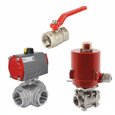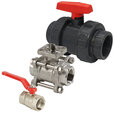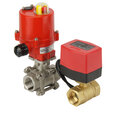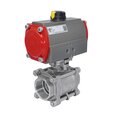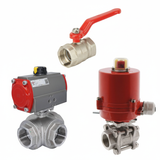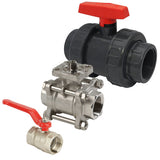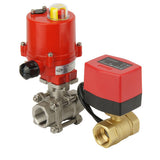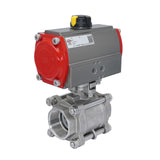How To Read Ball Valve Markings
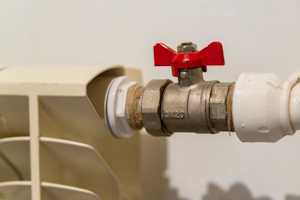
Figure 1: A ball valve marked with DN20, meaning its port size is 20 mm.
A ball valve's valve label helps a user quickly identify important information about the ball valve. The user can use this information to determine if the particular valve suits an application. These labels are either stamped onto the outside of the valve's body or found on a tag connected to the valve (e.g., connected to the handle or printed on the handle). Not all information on a label is easily understood, however. The following is an overview of the typical information on a ball valve label and how to interpret it.
View our online selection of ball valves!
Valve size
The valve's size (port size) is often marked in inches and/or millimeters.
- Inches: The valve is marked with a simple inch designation, for example, 1/2" or 3/4".
- Millimeters: The valve is marked with a DN (diameter nominal) followed by a number indicating the size in millimeters. For example, DN20 (Figure 1).
Body material
The body material designation indicates which material was used to create the valve's body. Some examples are:
-
Stainless steel: Different markings indicate stainless steel 304 and 316.
- 304 and 316 (Figure 2)
- SS304 and SS316
- CF8 and CF8M
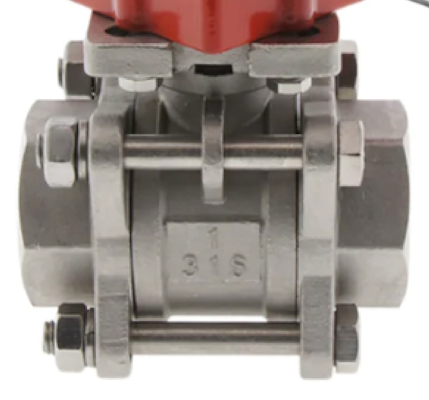
Figure 2: The marking indicates this is a stainless steel electric ball valve.
-
Plastics: Material markings for plastic ball valves are the plastics' standard abbreviations
- PVC (Figure 3) and CPVC
- ABS
- PP
- PTFE
- PE & HDPE
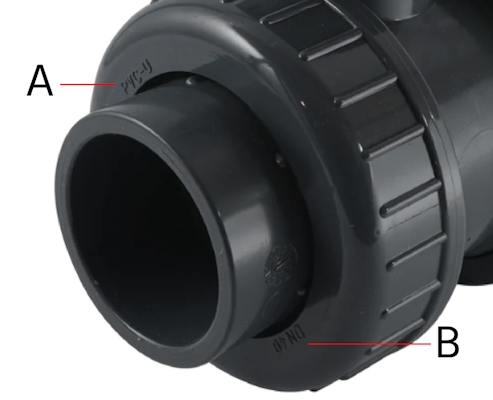
Figure 3: The markings on this pneumatic ball valve indicate that it is made of PVC (A) and its size is DN40 (B).
-
Brass and bronze
- Brass: BS, BRS, CW617N
- Bronze: BZ, BRZ, C84400
- WCB: Cast carbon steel. It is very common in ball valve manufacturing.
Mounting information
A specific marking on the valve can indicate that the ball valve has a standard ISO mounting configuration for mounting an actuator–for example, F04 and F05 (Figure 4 labeled A). Learn more in our article on ISO 5211.
Pressure class
The valve's optimal pressure rating will often be marked in bar or PSI.
- Bar: The pressure in bar follows PN (pressure nominal)–for example, PN68.
- PSI: The pressure in PSI is simply marked. For example, 1000 PSI
WOG, CWP, & WSP
- WOG (Figure 4 labeled B) is an outdated mark that may appear on new ball valves and older ball valves. It means the ball valve is meant for water, oil, and gas applications.
- CWP indicates the valve's maximum working pressure between -29 °C and 38 °C (-20 °F and 100 °F). For example, 1000 CWP means the valve's maximum working pressure is 1000 PSI between these temperatures.
- WSP indicates the valve's maximum working pressure in steam applications. Sometimes, this is marked as SWP.
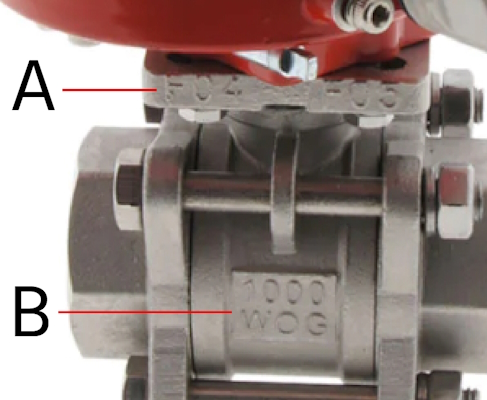
Figure 4: The markings on this electric ball valve indicate that this valve has a standard ISO mounting (A) and is suitable for water, oil, and gas applications (B).
Ratings for gas
A ball valve's gas rating differentiates indoor and outdoor gas applications.
- Indoor: 1/2 PSIG is for ball valves used in low-pressure applications. 5G is for higher-pressure systems such as gas piping.
- Outdoor: Common outdoor ratings for ball valves used in gas applications are CAN/CGA-3.16 and BRS125G. The former is a Canadian standard, and the latter is a U.S. standard. In Europe, a commonly used standard is BS EN 331.
Lead free
If the valve is marked with LF, no lead was used in its construction.
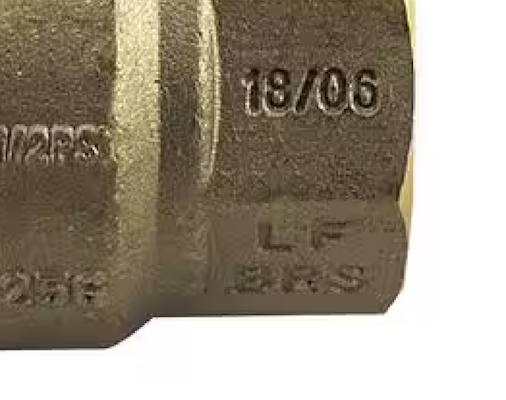
Figure 5: A lead-free ball valve
FAQs
What do the markings on a ball valve mean?
The most common markings indicate the ball valve's size. For example, DN40 indicates the ball valve has a 40 mm port.
What do the numbers on a ball valve mean?
The numbers on a ball valve often indicate its size and pressure rating. For example, 1/2" indicates the valve's port size and PN68 indicates its maximum working pressure in bar.




